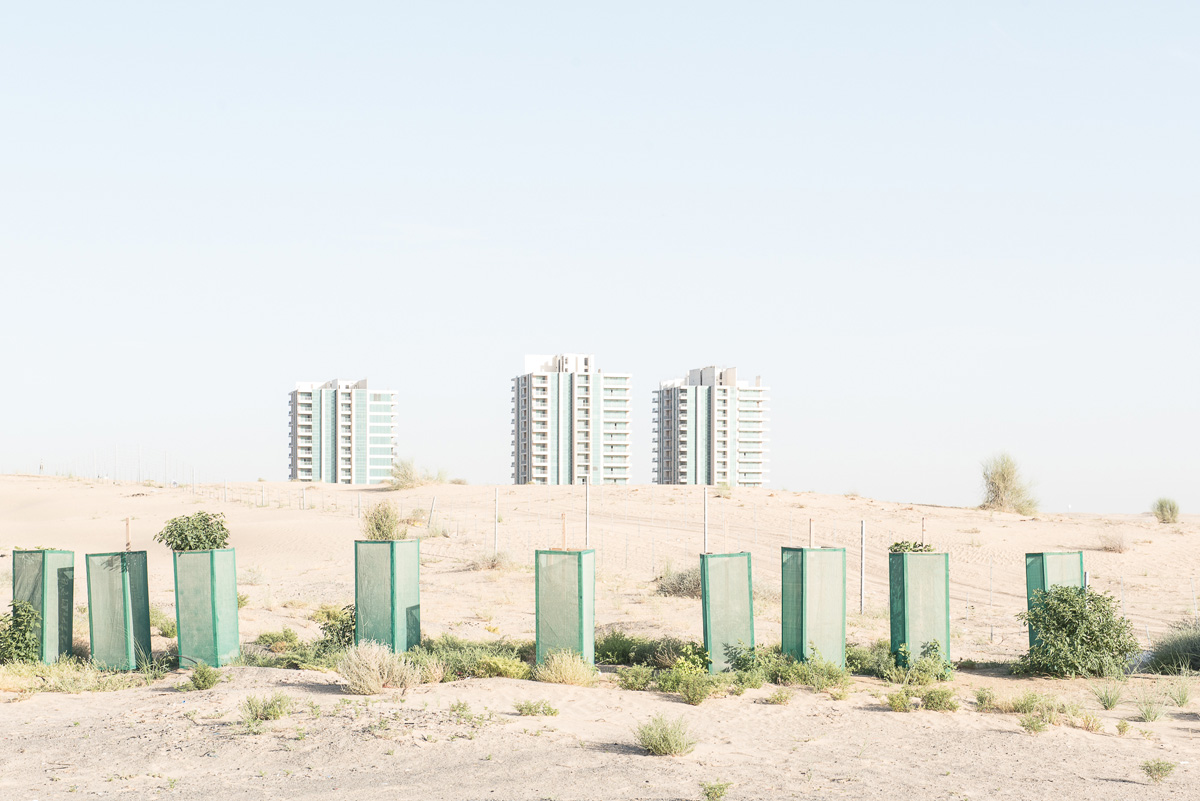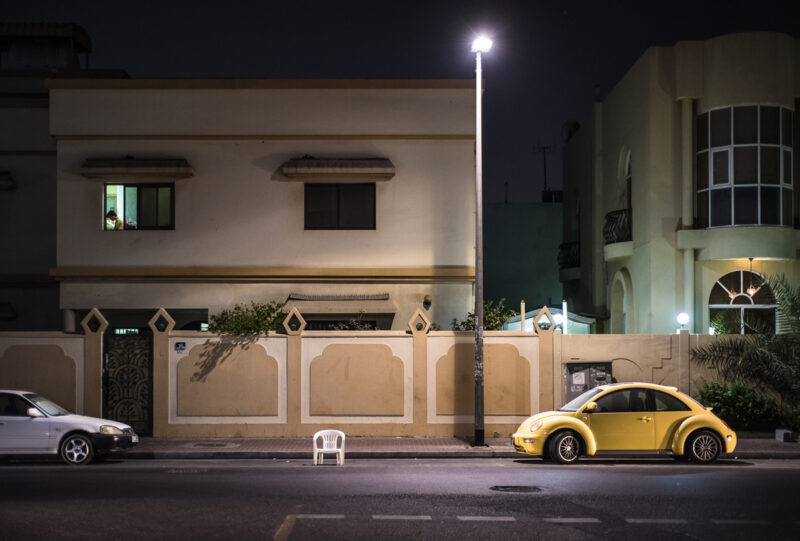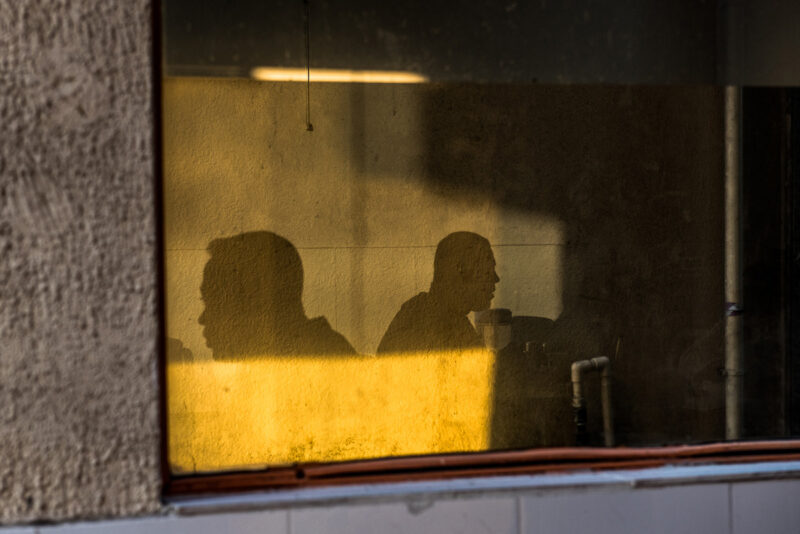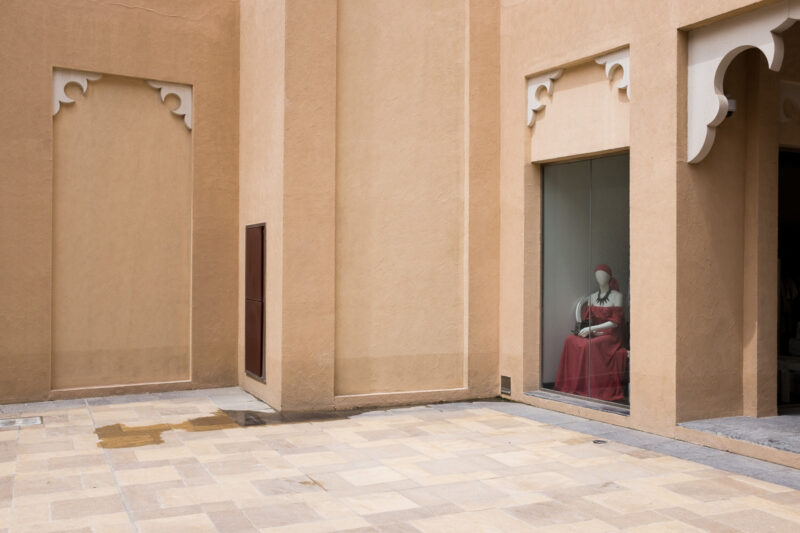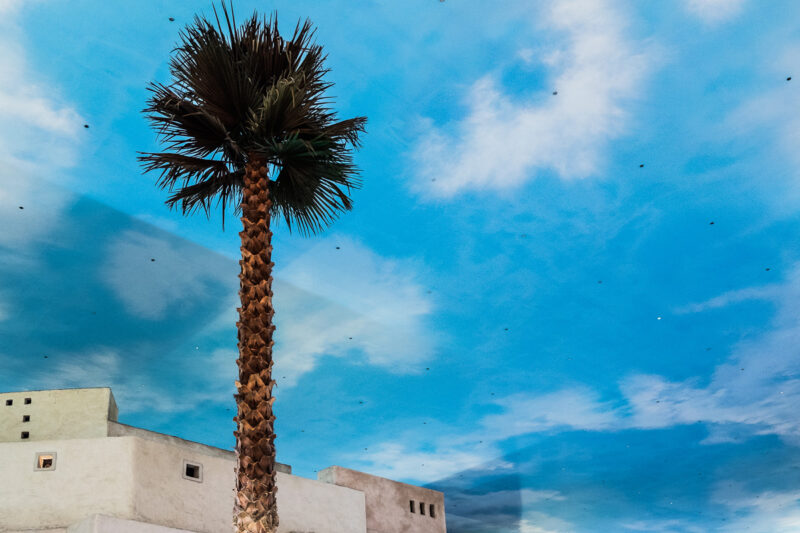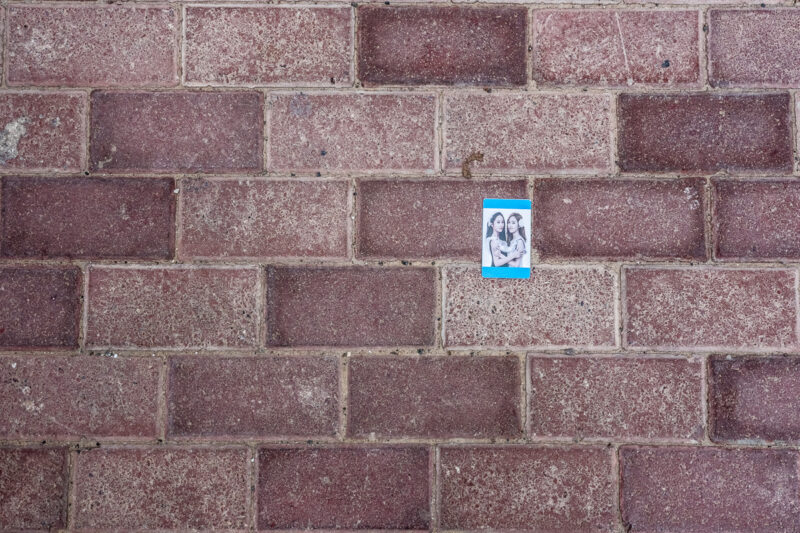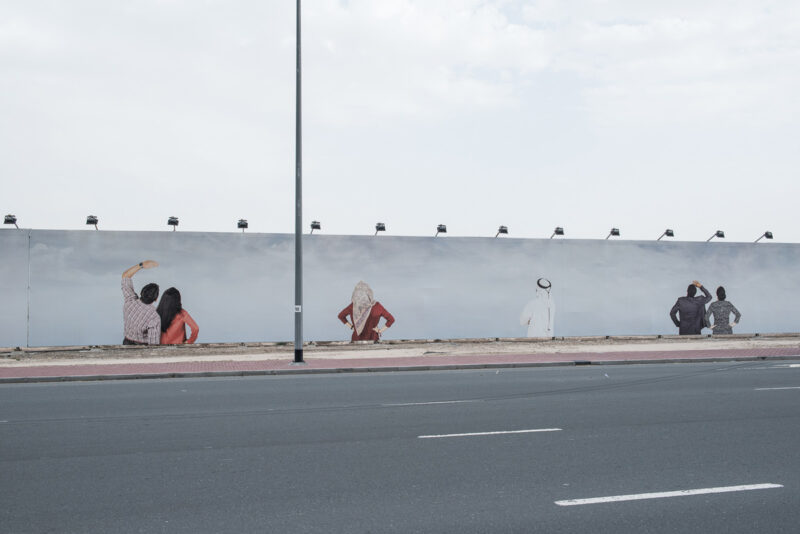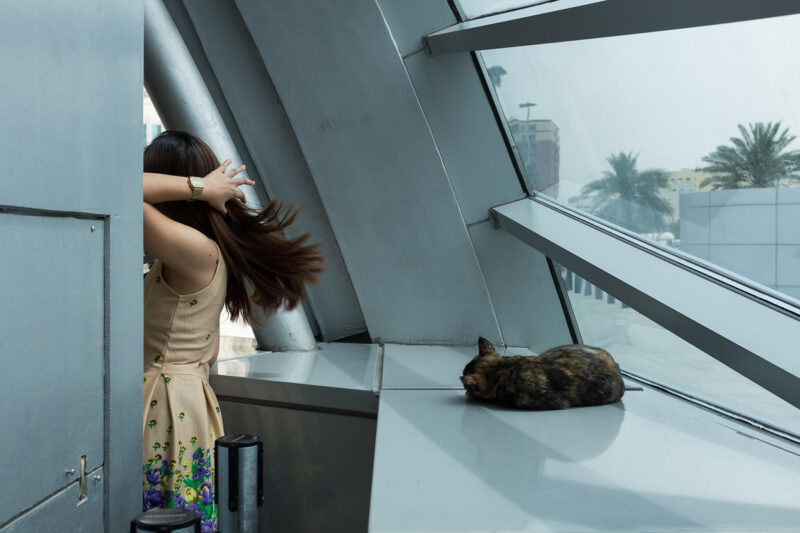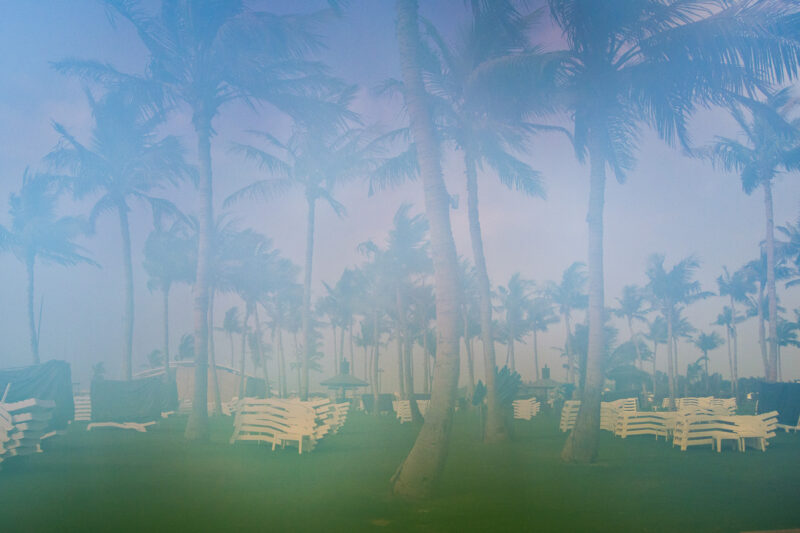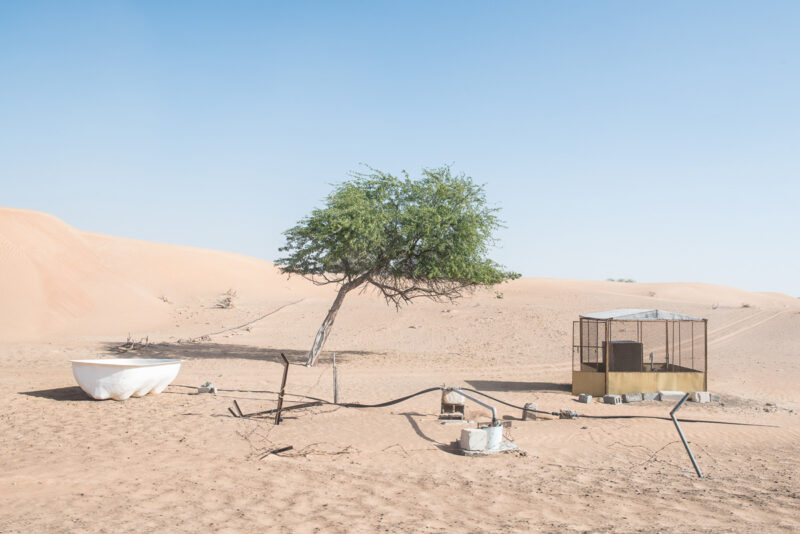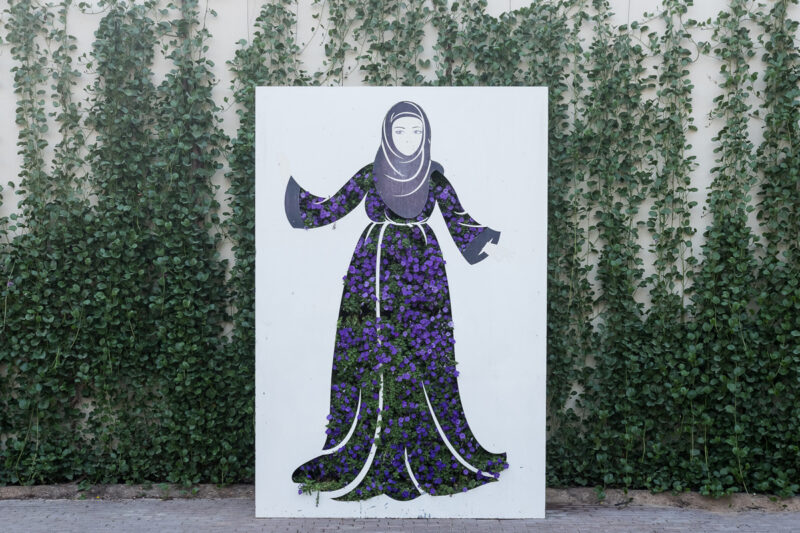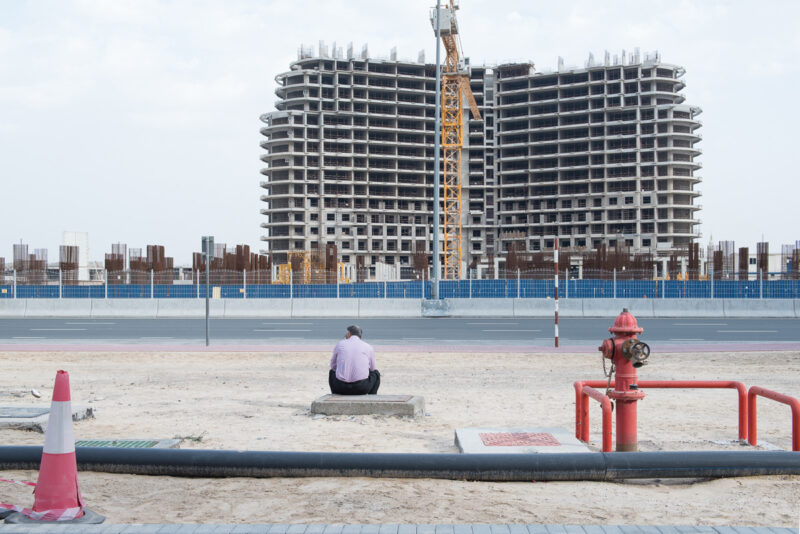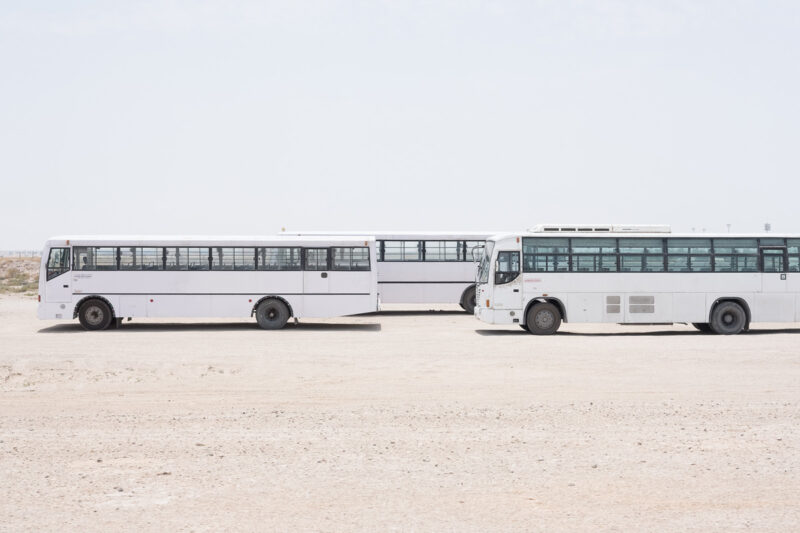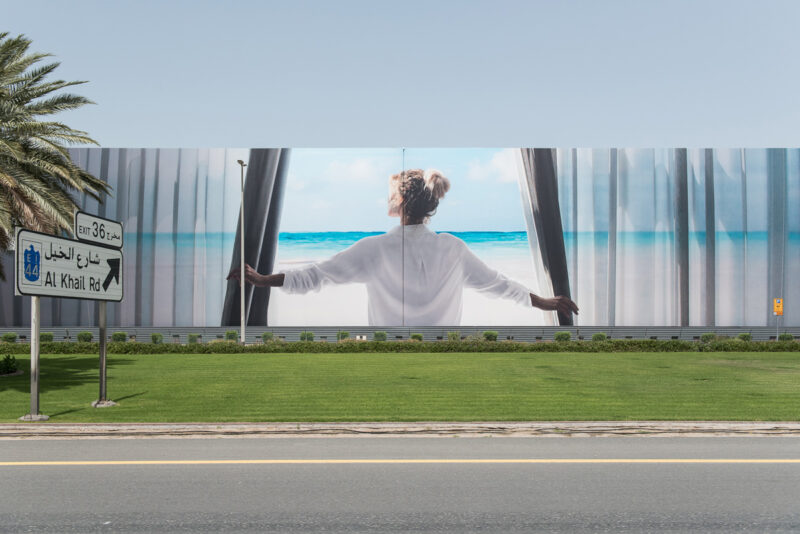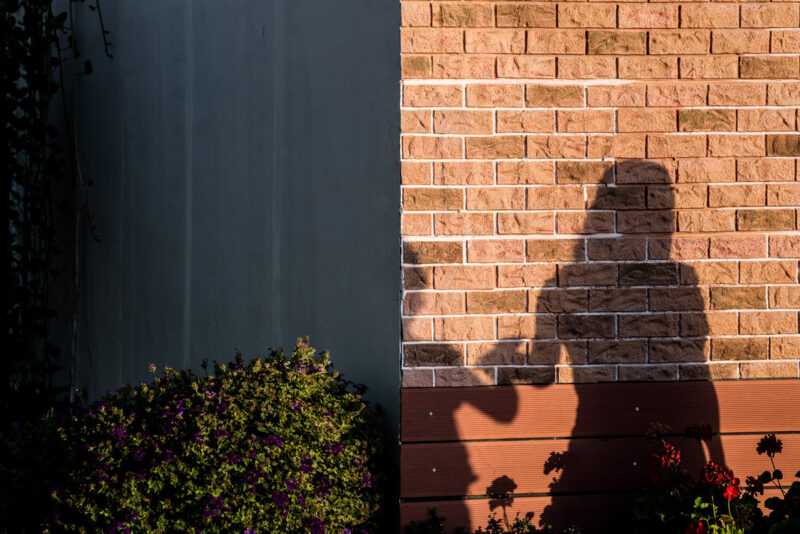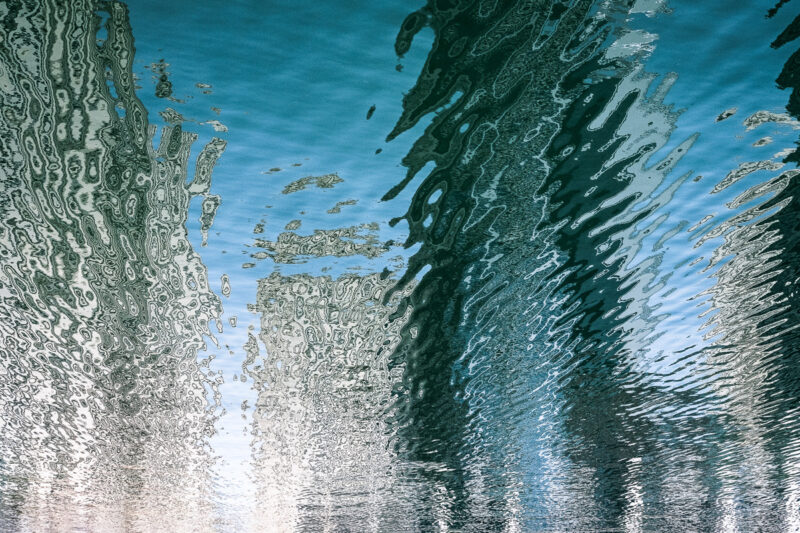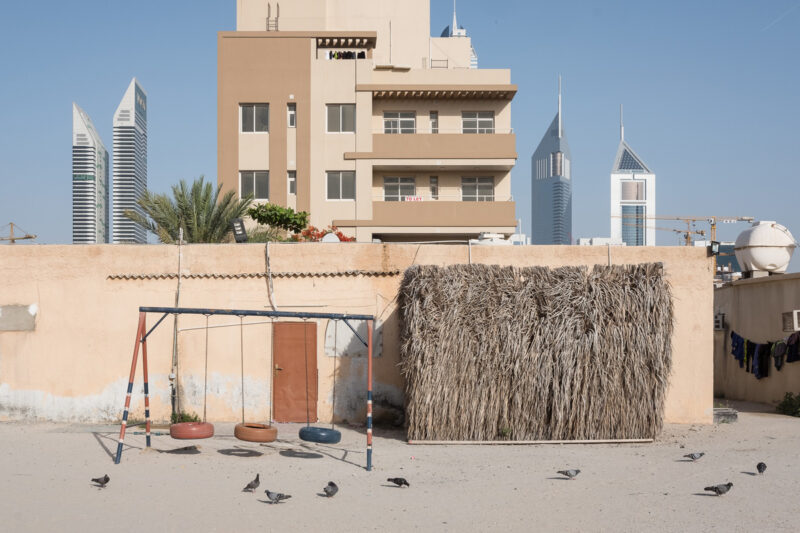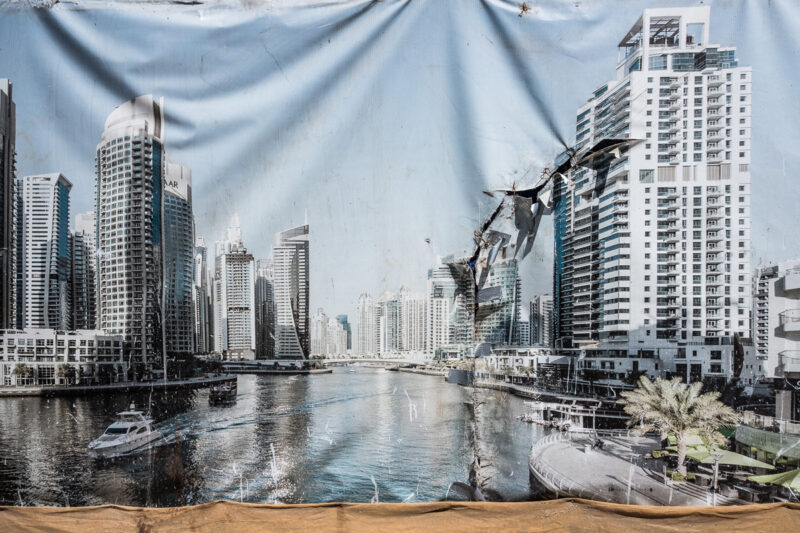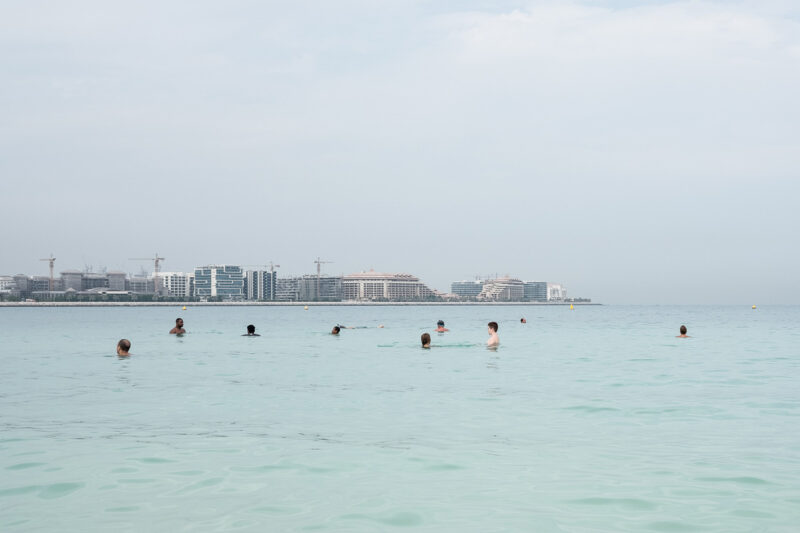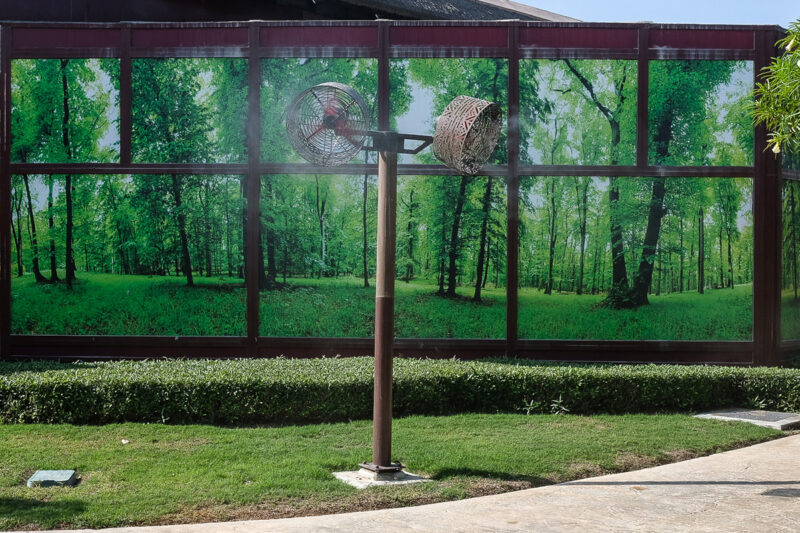Sandra Zarneshan is an Italian-Iranian photographer interested in visual arts and urban landscape. With a master degree in Political Science, she worked as PhD tutor in the university and as chief operating officer in the corporate sector before focusing on photography.
As an artist, Sandra’s visual narrative aims to describe the relationship between what is visible to the eye and what is supposed to be, the surrounding space giving context to the connection between expectations and reality. She believes that within the concepts of roots and belonging there is a universal meaning, archetypes that point us to an investigation of forms, shapes, and spaces in which we can free ourselves from any heroism.
Between 2015 and 2018 she worked as sponsor photographer for Dubai International Film Festival, contributor photographer for Compasses magazine and staff photographer for Luxe by AirBnB. In 2016 she attended the summer masterclass in ‘Visual Storytelling in the Digital Age’ at ICP (International Center of Photography New York) and three Magnum workshops about visual narrative and editing in 2016. She’s currently part of the mentorship program with Warehouse421 (Abu Dhabi) and Gulf Photo Plus (Dubai).
Her work has been shown in collective exhibitions “Vantage Point” 2015-2017 at Sharjah Art Foundation, “No Place Like Home” and “Arab Streets Vol. II” at Gulf Photo Plus in 2018 (Dubai), “Portraits of Humanity” as winner for the world tour in 2019, “Mina Zayed: reflections on past future” at Warehouse421 in 2020 (Abu Dhabi); also in the collective books “Spectrum” by HIP Hotels (2016) and “Portraits of Humanity” by British Journal of Photography (2019).
Born and raised in Pescara – a beach town on the South-east cost of Italy – she briefly worked in Bruxelles and Milan before landing in Dubai, where she still lives since 2009 and works free lance as architecture, interiors and events photographer.
About ‘Are you still here?’ – words by Sandra Zarneshan:
Historically an imperial backwater, Dubai has been home of a radical modernisation for the past few decades, having the globalisation needs as leitmotif of this constant landscape’s re-shaping. Commercially and financially a hub, the imperial legacy still plays a visible role in a city where almost 90% of the total population is of foreign origins.
There’s no long-term option for non-citizens: loosing the job or reaching the retirement age means leaving the country, irrespective of how long a person has lived-in or if was born there or if has no alternative choice.
I permanently moved to Dubai 12 years ago, reaching my father who arrived in the late 90s for a job opportunity. It took me years to call it home and a constant dedication to feel attached to it, beneath the stereotyped narrative and despite the normalisation of the departure as a persistent eventuality. So in 2014 I started to visually investigate a place I do not belong meanwhile I do belong, where the question “are you still here?” it’s a common approach.
I found an inescapably precariousness, somehow visible, from both urban and social standpoints, that affects the construction of relationships with the other and the surrounding space. At the same time a soundless and dignified stillness, as if this land of perpetual transience, impacting all aspects of the everydayness in a long term prospective, found its permanent dimension within the temporariness of its status.
